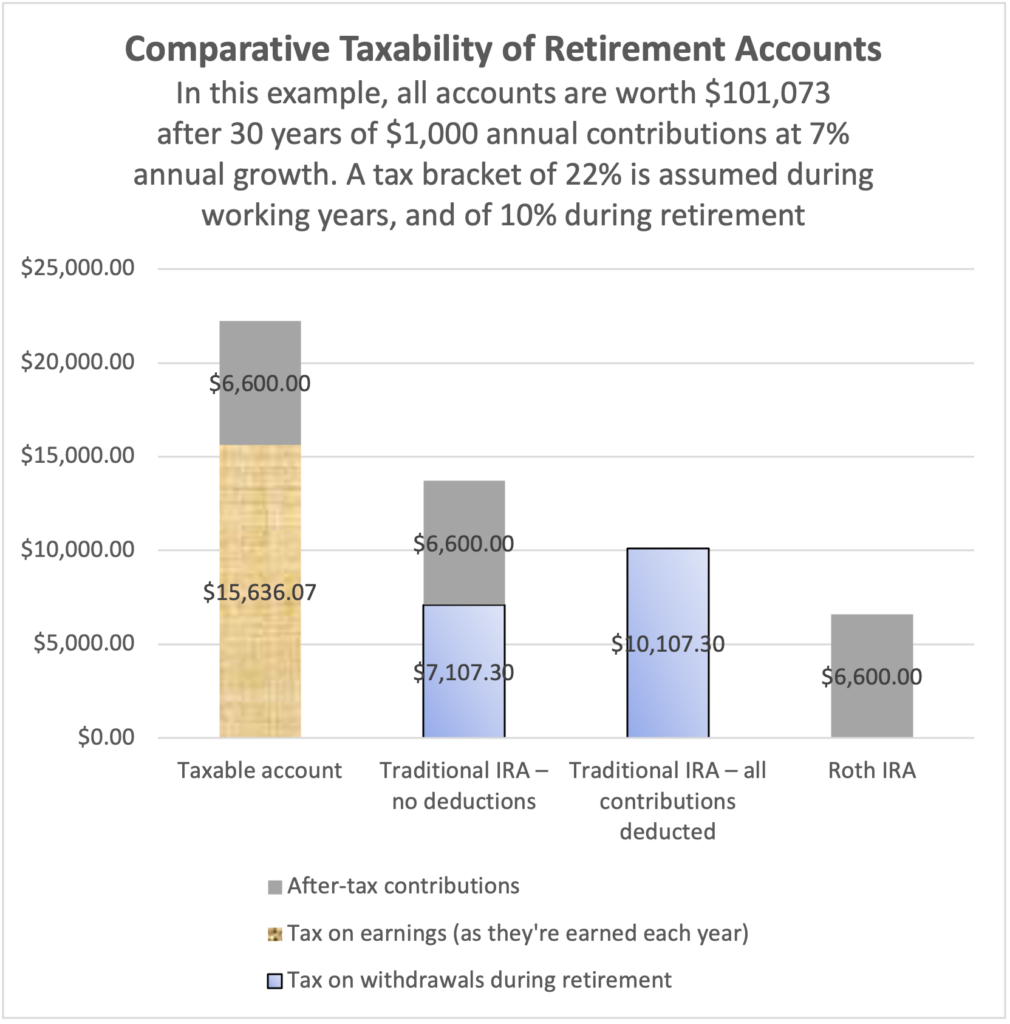Preface: “As much as others may need to change, or we may want them to change, the only person we can continually inspire, prod, and shape—with any degree of success—is the person in the mirror.” ― Crucial Conversations Tools for Talking When Stakes Are High
How to Handle Tough Conversations with Grace: Lessons from Crucial Conversations
Have you ever walked away from a tough conversation wishing it had gone differently—wishing you’d said something better, or maybe said nothing at all?
We’ve all been there.
That’s why Crucial Conversations: Tools for Talking When Stakes Are High by Kerry Patterson, Joseph Grenny, Ron McMillan, and Al Switzler is such a timeless guide. It’s not about fancy communication theory—it’s about what to do when the stakes are high, emotions are intense, and the outcome really matters.
Whether it’s giving feedback at work, confronting a loved one, or resolving conflict with a friend, these are the moments that can either strengthen or strain relationships.
Defining a Crucial Conversation
A crucial conversation happens when stakes are high, opinions differ, and emotions run strong.
It might be a performance review, a family disagreement, or a tough decision between friends.
In those moments, most of us fall into one of two traps:
-
-
-
We go silent, avoiding the topic to keep the peace.
-
Or we go aggressive, pushing our point so hard that we shut others down.
-
-
Neither path works. The authors offer a third option—dialogue.
“Dialogue is the free flow of meaning between two or more people.”
When people feel safe enough to share honestly, understanding deepens, and solutions become wiser.
Core Skills for Navigating Difficult Conversations
1. Start with Heart
Before speaking, pause and ask:
“What do I really want—for me, for them, and for this relationship?”
When we focus on genuine goals rather than ego or emotion, our words carry calmness and respect. This shift often changes the entire tone of the conversation.
2. Learn to Look
Strong communicators watch for signs that the conversation is slipping.
Are people shutting down? Getting defensive? Are you?
Recognizing these cues early lets you pause, reset, and restore safety before things spiral.
3. Make It Safe
People open up only when they feel respected and understood.
If safety is lost, stop addressing the issue and repair the relationship first. Sometimes that means apologizing; other times it means clarifying intentions through “Contrasting”:
“I’m not trying to criticize you—I just want to understand what happened.”
A moment of empathy can reopen the entire discussion.
4. Master Your Stories
We don’t react to facts—we react to the stories we tell ourselves about them.
When someone interrupts, we might think, They don’t respect me. That story fuels anger.
The book challenges readers to separate facts from assumptions. Ask yourself:
-
-
-
What actually happened?
-
What story am I adding to it?
-
What else could be true?
-
-
It’s amazing how much calmer we become when we stop assuming the worst.
5. STATE Your Path
When it’s your turn to share your perspective, use the STATE model:
-
-
-
Share your facts
-
Tell your story
-
Ask for others’ views
-
Talk tentatively
-
Encourage testing
-
-
This approach balances confidence and humility. You express yourself clearly while showing you’re open to learning.
6. Explore Others’ Paths
Real communication goes both ways.
To keep the conversation open, you need to make space for others to talk too. The AMPP skills help with this:
-
-
- Ask questions
- Mirror their emotions (reflect what you see)
- Paraphrase what they’re saying
- Prime them if they’re quiet (take a guess at what they might be thinking)
-
When people sense you genuinely care about their perspective, they’re more likely to lower their guard and speak openly.
“When we stay curious instead of defensive, conversations stop being battles and start becoming bridges.”
7. Move to Action
Even the best conversations fall apart if they end without clear next steps.
The authors emphasize defining:
-
-
-
What will be done
-
Who will do it
-
By when, and
-
How you’ll follow up
-
-
Dialogue builds understanding; action builds results.
And as they note, participation doesn’t always equal consensus—what matters is that everyone’s voice has been heard.
Applying These Ideas Beyond Work
While many people read Crucial Conversations for professional growth, its principles are universal.
These tools help in marriages, friendships, and parenting just as much as in meetings and performance reviews.
Improving how we communicate takes practice. The authors suggest starting small:
“Pick one relationship or recurring conversation where you want to improve, and focus on one skill.”
Over time, you’ll notice yourself reacting less, listening more, and creating safer, more meaningful dialogue in every area of life.
Final Thoughts
Crucial Conversations reminds us that difficult discussions aren’t something to fear—they’re opportunities to grow, to connect, and to strengthen trust.
When we replace defensiveness with curiosity and courage, even the hardest talks can become turning points for better relationships.
So next time you feel your pulse quicken before a hard talk, take a breath and remember:
Start with heart. Listen with humility. Speak with respect.
You might be surprised at how much can change—with just one good conversation.


